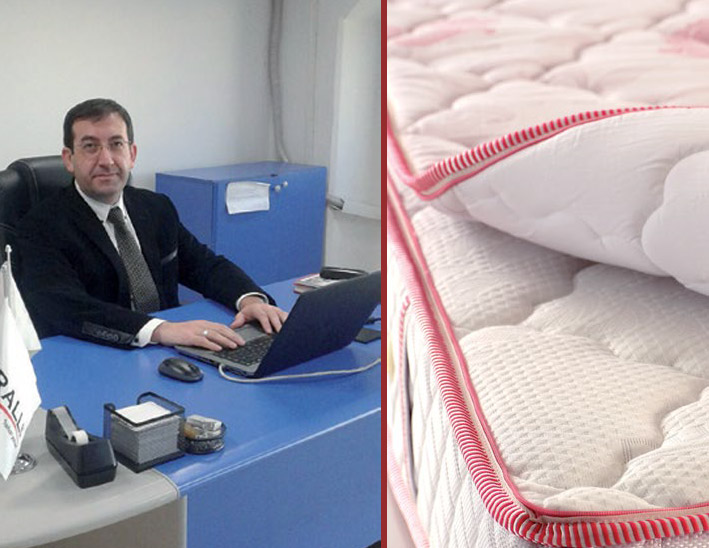From aching joints to chronic coughs and colds, your bed could be to blame:
- Common health problems such as back ache, shortness of breath and chronic rhinitis (runny nose) may be traced back to old mattresses and bedding
- New study of old mattress samples highlights the bacteria, yeasts and molds that you may be sharing your bed with
- Dreams recommends a five-step ‘bedroom health check list’
A scientific study (Testing conducted by Microtech Services Ltd [UKAS accreditation] in September 2015) analyzing samples of eight-year-old mattresses has highlighted the variety of bacteria, yeasts and molds that thrive in the material. Far from being just an unpleasant thought, these microscopic particles can provoke allergies, cause infections and exacerbate existing lung conditions. The study, commissioned by bed specialist, Dreams, was carried out under direction from University Professor and environmental hygiene expert, Dr. Lisa Ackerley.
Samples were taken at different depths; from the mattress exterior to the base layer. The tests revealed the presence of Enterobacteriaceae, Escherichia coli and Staphylococcus aureus bacteria. There were also yeasts and molds such as Cladosporium on the top layer plus Aspergillus & Saprophytic molds deeper within the mattress.
Dr. Ackerley said of the study: “Most people would be rather surprised by the things you can find in an old mattress. Mold spores and bacteria build up over the years and although invisible, you could be breathing in these harmful spores at night. Due to the amount of human contact with the average mattress, it’s inevitable that microbes and unwanted guests will develop over time. People tend to focus on cleaning the things they can see – pillows and sheets, but the mattress itself can be a ‘hot bed’ of potential illness.”
She added, “Finding bacteria such as E. coli indicates the presence of faecal contamination, which shows that if someone was carrying an infectious disease, it could be passed on to someone else sharing the bed, or using the bed at another time. Some Staphylococcus aureus bacteria can cause skin infections and there are strains that are anti-biotic resistant, including MRSA.”





